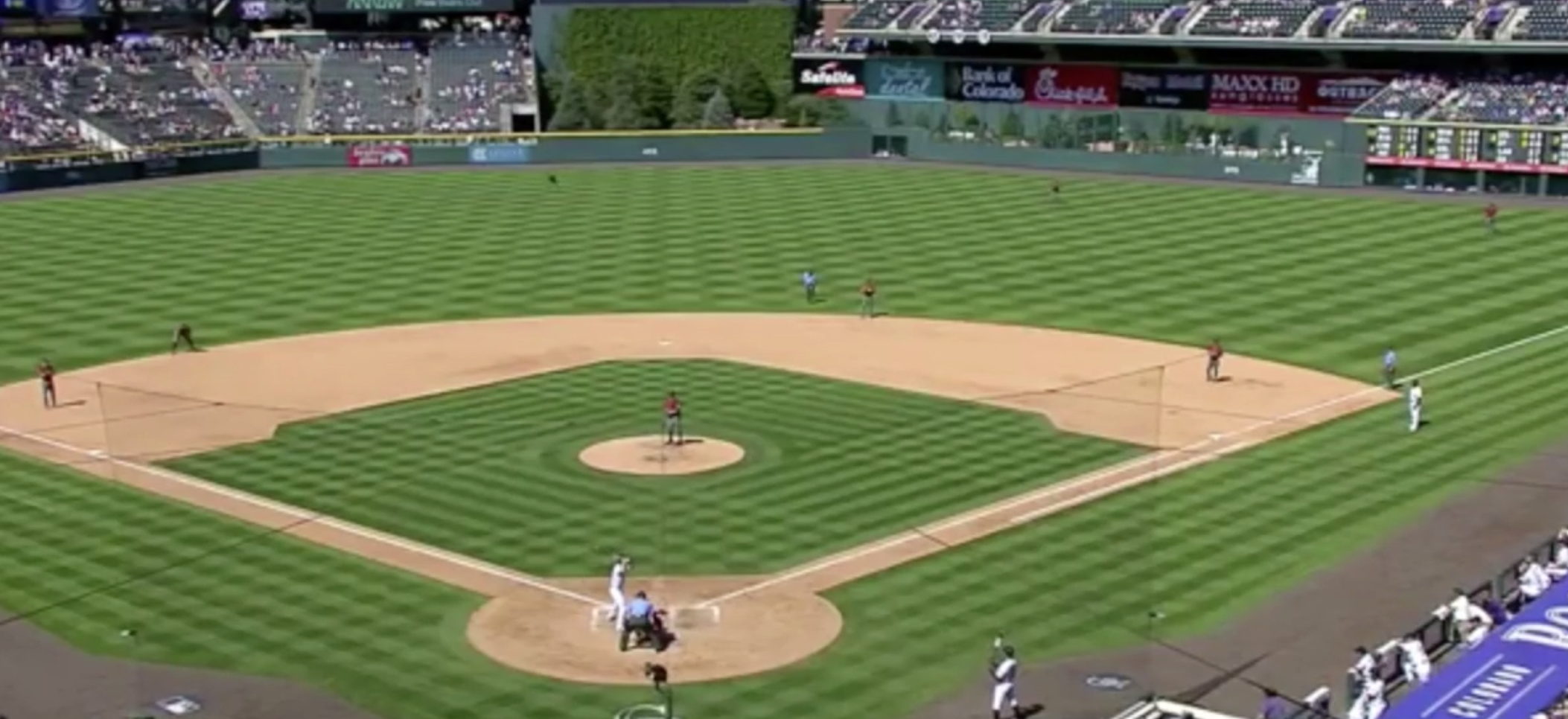This is Mike Hattery’s first piece as part of his September residency at FanGraphs. Hattery writes for the Cleveland-based site Waiting for Next Year. He can also be found on Twitter. Read the work of all our residents here.
While there are certainly examples to the contrary, it’s generally the case that outlets such as Baseball Prospectus and this esteemed institution approach their analytical work on an individual player in the context of that player’s value to his team. Since most writers begin as fans, and because fandom in baseball — and, ultimately, most sports — tends to begin with an allegiance to a city or team, this isn’t surprising.
For the actual major-league clubs, this imbalance is naturally even more pronounced. All 30 organizations feature an analytics department of some sort, and all 30 of those departments are constructed ultimately to benefit the team. Even in those instances, for example, where an observation about spin rate aids an individual pitcher, the added value is ultimately passed on to the club.
And here we arrive at a point of concern: while analytical work in baseball offers tremendous insight and can even benefit individual players, it appears that organizations have a significant advantage over players in their access to data and their capacity to use that data in decision making.
Now, if this analytical work were limited merely to assessing player value or estimating the possible range of a player’s outcomes, the informational asymmetry would represent less of a concern. However, as teams and public analysts continue their pursuit in the direction of health-risk modeling, the impact on players is increasingly serious.
In a recent piece illuminating the information gap between teams and agents, R.J. Anderson wrote the following:
The ongoing data revolution has obscured a simple fact. With teams receiving improved information, their greatest competitive advantage is perhaps no longer over one another. Rather, the information gulf now resides between the teams and the players — or, precisely, the players’ agents. With the league investing in new data sources, like Statcast, the gap could continue to grow.
Of most concern, perhaps, is that player agents are guaranteed no greater access to data than the common fan by the terms of the 2017-2021 MLB Collective Bargaining Agreement. Teams, meanwhile, are afforded extensive access to additional data gathered by Statcast technology.
Read the rest of this entry »



